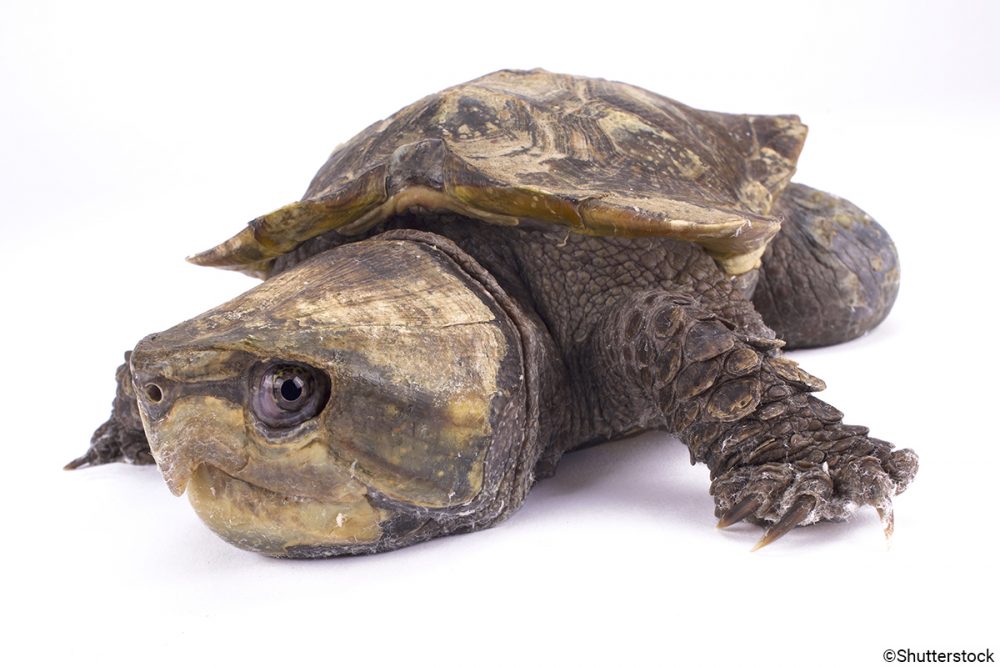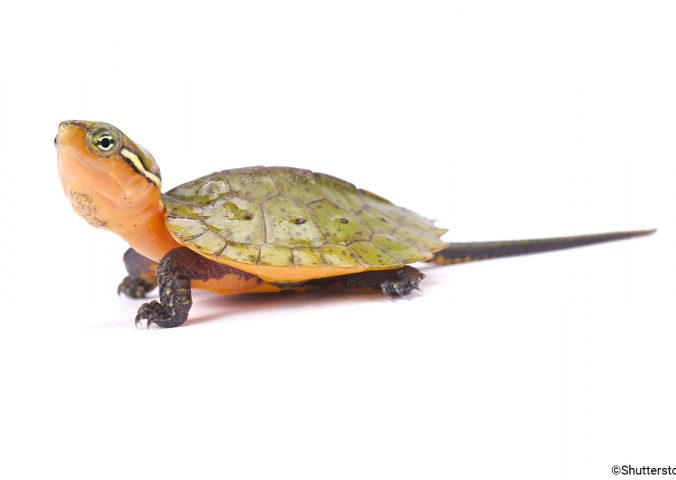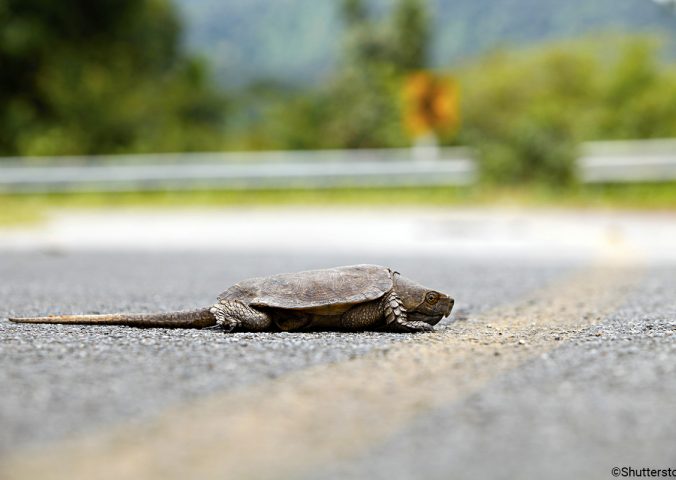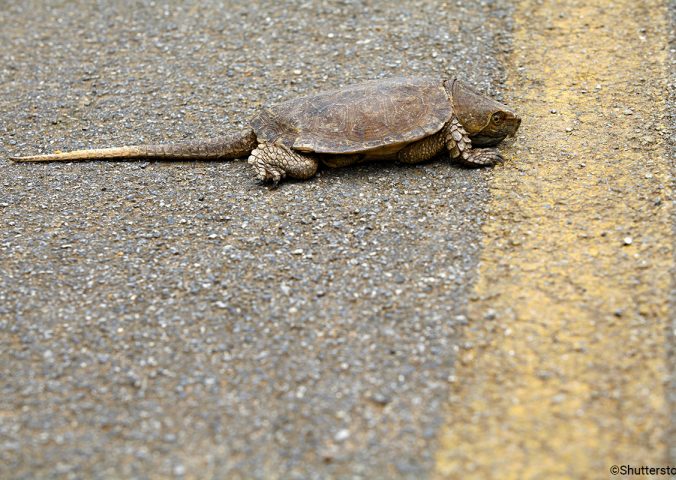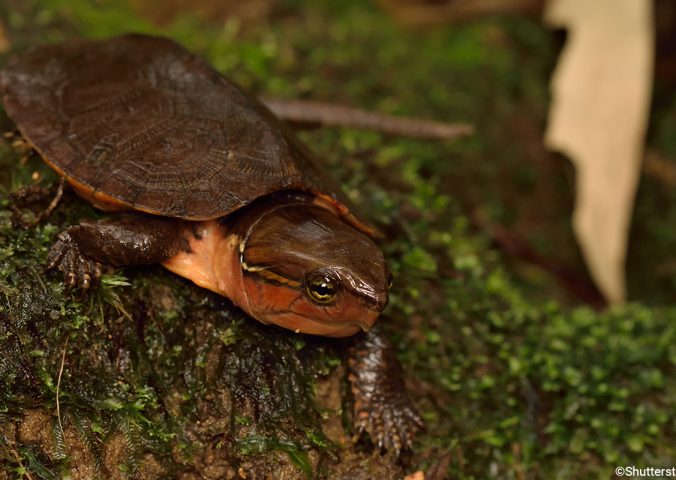About
As its name suggests, the big-headed turtle has a disproportionately large head compared to its small body. Its head is so large, in fact, that it cannot be retracted into its shell!
Instead, this strange turtle has large, thick plates of armour on the top and sides of its head, along with a solid bony skull, for protection. In addition to its over-sized head, the big-headed turtle has an unusually long tail. They are weak swimmers but strong climbers, using their strong claws, tail and even their beak to grasp rocks in fast-flowing water.
The big-headed turtle is the only species in its genus and family, Platysternidae. This unique species is the sole representative of an entire branch of the tree of life more than 75 million years old, having diverged from all other living species before the extinction of the dinosaurs. However, there is mounting evidence that the big-headed turtle may actually comprise several species.
This enigmatic turtle is threatened by overexploitation. Individuals are hunted for meat, which is sold domestically and internationally, and collected for the international pet trade. The species is listed as Endangered by the IUCN Red List as a result of population declines. However, at the time of writing, the Red List assessment is out-of-date and requires updating.
- Order: Testudines
- Family: Platysternidae
- Population: Unknown
- Trend: decreasing
- Size: 20cm (?)
EDGE Score
Distribution
The big-headed turtle is distributed widely, from Central China to northern Vietnam, Thailand, Lao People’s Democratic Republic, Cambodia and Myanmar.
Habitat and Ecology
The big-headed turtle favours narrow, shallow and fast-flowing streams. It is not an especially strong swimmer, instead relying on its strength to hold onto rocks and other features of the stream. They are nocturnal and feed on molluscs and crustaceans, aided in consuming these prey by their strong, bony jaws.
Little is known about their reproductive biology.
